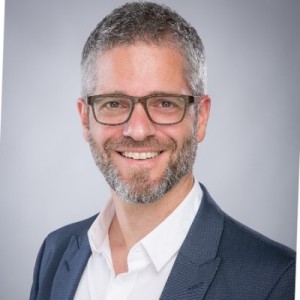- Video Library
- Reinhard Krickl Presents Phagenesis at LSI USA '23
Reinhard Krickl Presents Phagenesis at LSI USA '23

Reinhard Krickl
Reinhard Krickl is the CEO of Phagenesis®. He has extensive experience in sales & marketing and new therapy development within the medical device industry, including 14 years as a “corporate entrepreneur” at Medtronic.
Alongside his industry experience he has a MBA and a MSc in Electrical and Electronics Engineering.
Reinhard Krickl
Reinhard Krickl is the CEO of Phagenesis®. He has extensive experience in sales & marketing and new therapy development within the medical device industry, including 14 years as a “corporate entrepreneur” at Medtronic.
Alongside his industry experience he has a MBA and a MSc in Electrical and Electronics Engineering.

17011 Beach Blvd, Suite 500 Huntington Beach, CA 92647
714-847-3540© 2025 Life Science Intelligence, Inc., All Rights Reserved. | Privacy Policy







